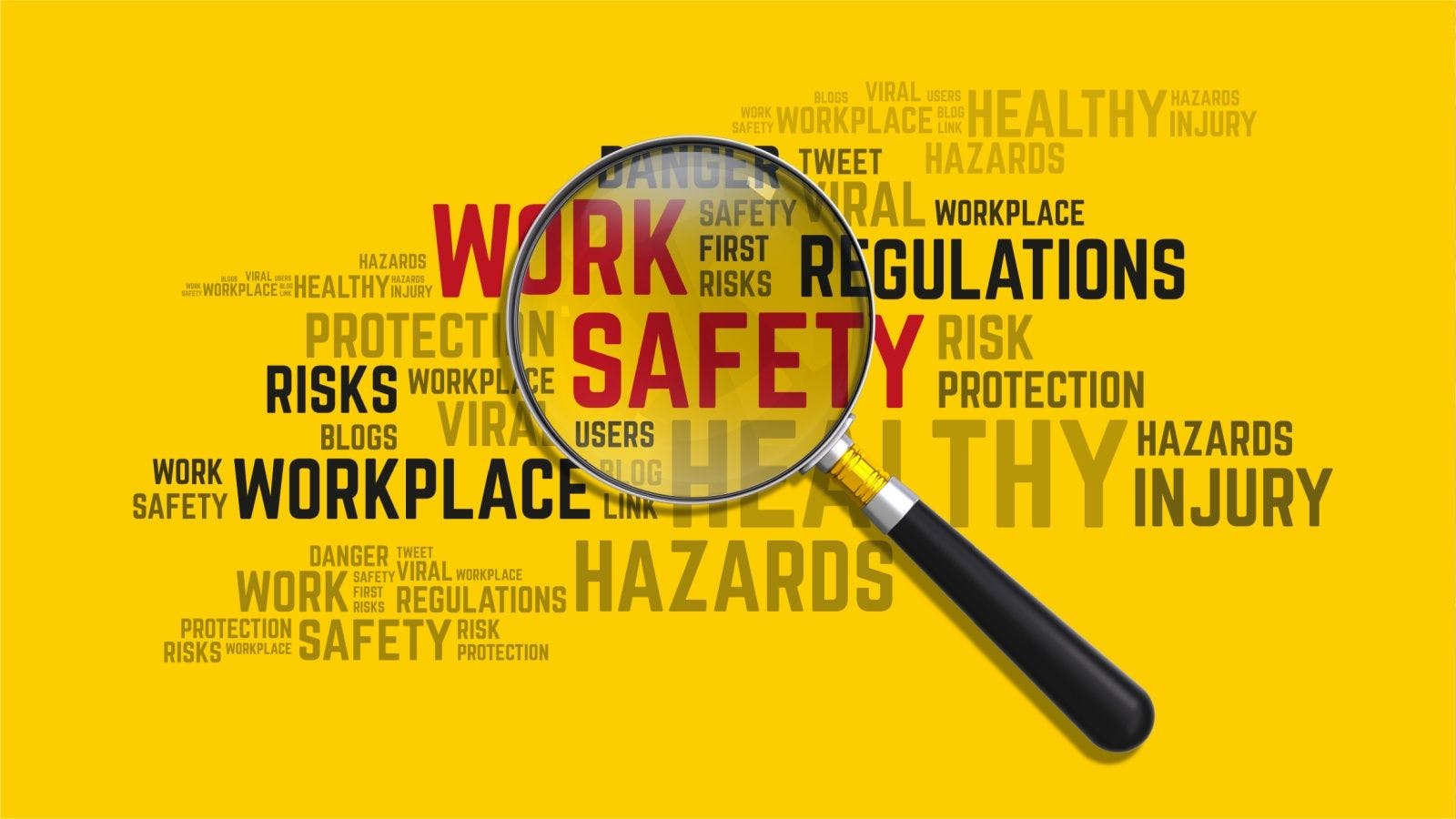
Surety Defenses: Overpayment of Contract Funds and Cardinal Change to Contract
Contractors who perform public work and/or high end private commercial work are fully aware of the need to procure performance and payment bonds. When a contractor defaults on a project, the surety is the last line of defense to make sure subcontractors who performed work on the project are paid and that the project is completed as per the intended plans and specifications. Surety companies, however, are not an open checkbook.
The surety agreement is read as a contract. Therefore, all of the terms must be adhered to. This article will discuss two common surety defenses that are used by surety companies to limit its exposure when projects go bad. These are:
- overpayment to principal defense; and
- cardinal change to the contract defense.
While these defenses appear on their face to provide risk transfer for a surety who is trying to limit exposure, the reality is that these defenses are not black and white and the particular facts of the case will dictate if the surety’s exposure can in fact be minimal based upon these asserted defenses.
Overpayment Defense
One of the more common defenses unique to a surety that can discharge its performance bond obligations arises when the obligee has overpaid the principal. Typically, an obligee (normally the project owner) keeps retainage as security that the contractor will finish the job, including all punch list items. Retainage also protects the surety and therefore the surety’s consent is required prior to a reduction in retainage or the release of the final payment. If an obligee improperly pays a principal the retainage without the consent of the surety, this could discharge the surety’s obligation under the performance bond.
The overpayment defense is based in large part on the surety’s reliance that both parties will abide by the terms of the underlying contract. Pursuant to all underlying contracts, the obligee is required to make timely payments to the principal for work performed. Often times, an obligee will also make advance payments as compared to the actual amount of the work performed at a project. It is therefore important for performance bond sureties to track project progress and provide consent to any such advance payment. Otherwise, a surety could find itself stepping into a project that is 30% completed, but 85% funded. The surety’s overpayment defense is applicable when:
- an obligee pays the principal without the consent of the surety;
- advance or progress payments are made for work not completed;
- paying for work the obligee knew or should have known was defective;
- releasing retainage prior to project completion; and
- making the final payment without the consent of the surety.
The defense of the overpayment is equitable in nature. A surety should not be obligated to step in and complete work or pay a second time for work that was not completed, or completed defectively. In short, an obligee’s overpayment of contract funds or improper release of those funds both:
- reduces the “incentive for a principal to complete work”; and
- reduces the amount available contract funds after the default and termination of the principal to complete the required work. Use and Abuse – Asserting the Overpayment Defense and Claim, T. Scott Leo and Michele L. Killebrew 51 No. 3 DRI For Def. 28 (March 2009).
Cardinal Change to Contract
When personal suretyship was the norm and paid suretyship was less common, the principle of strictissimi juris (strict construction) operated as the rule regarding the alteration of the bonded obligation. In short, according to the principle of strictissimi juris, there can be no such alterations. Modifying the bonded obligation changes the nature of the obligation that the surety originally agreed to guaranty, and automatically discharges the surety's liability under its bond.
Some jurisdictions evaluate contract changes according to the “cardinal change” rule which is a change to a contract that was not within the reasonable contemplation of the parties at the time of contracting. In the event of a cardinal change, the non-performing party may be deemed excused from performance (and its surety will be entitled to assert the cardinal change as a defense to liability under the bond). The rule is somewhat stricter in that it essentially requires that the changes to the contract render it new or different in some respect, or constitute a breach of the original contract that would excuse the principal's performance thereunder.
Courts in most jurisdictions, including even those jurisdictions that otherwise tend to strictly interpret contract language and give effect to a contract as written, will not discharge a paid surety as a result of de minimis modifications to the bonded obligation. For instance, modest extensions of time to allow the original scope of the contract to be completed, if otherwise in accordance with the contract's procedure for obtaining extensions of time, will normally not discharge the surety's obligation. Rather, it is now fairly understood that the modification to or extension of the bonded contract must be material or constitute a breach of the terms of the bonded contract in order to give rise to a discharge of the surety's obligation under its bond.
For example, it would be unreasonable to contend that if a surety bonds a contract involving the construction of a 20-story building and a contract price of approximately $100,000, it should be held to have consented to altering the contract by increasing the contract price to $1,000,000,000, and increasing the scope of the work to add 50 more stories. That being said, the authority construing such "consent to modification clauses" is in general sparse and requires development.
Relatedly, as a result of material modifications or extensions to the bonded contact, or cardinal changes to the bonded scope of work, the surety might find itself faced with additional exposure under its payment bond, as the additional work performed by the principal might result in additional subcontractors and suppliers going unpaid. In T. Mina Supply, Inc. v. Clemente Bros. Contracting Corp., the Appellate Division held that if the contract changes in question were not permitted by the terms of the bonded contract or were effected in a manner not permitted by the contract's terms, the surety has a viable claim against the obligee for breaching the terms of the bond (and the terms of the bonded contract incorporated into the bond), and may seek to recover from the obligee the amount of the surety's payment bond liability that resulted from the obligee's breach. 139 A.D.3d 1040, 1041 (N.Y. App. Div. 2016).
The above surety defenses can serve as a lesson to sureties, obligees and principals. In this tripartite relationship, each of the parties must be kept in the loop regarding the activities of everyone else. An obligee who is being pressured to pay an additional 25% of the contract fund to it principal runs the risk of having its surety protection eliminated. Similarly, a principal who is submitting a high six figure or seven figure change order that could in fact substantially change the scope, could also affect the surety’s exposure, especially if the surety is not given notice of this cardinal change. The lesson to be learned is to keep the surety apprised of whatever is occurring on a particular project.
Related stories








